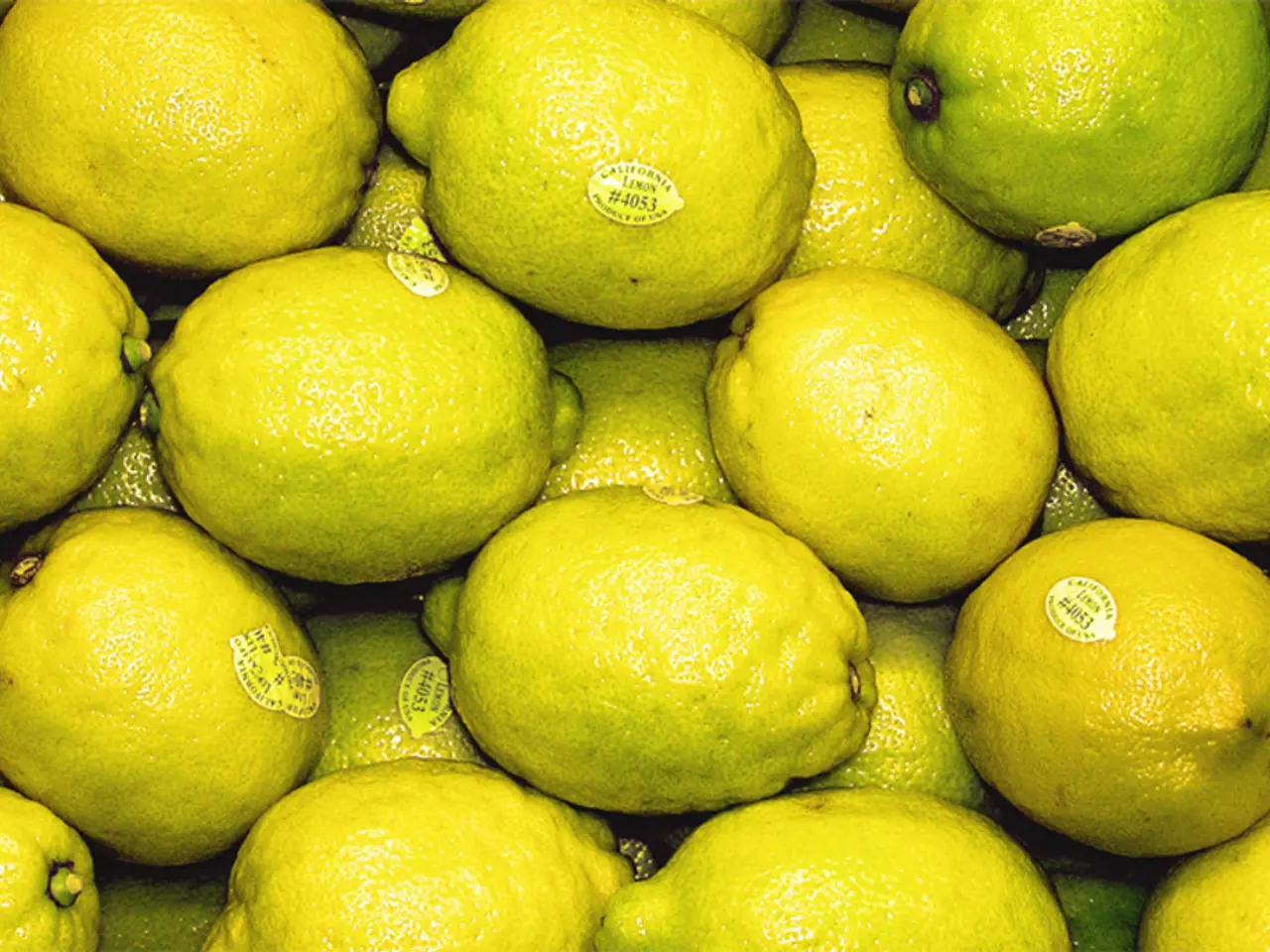Creating Undetectable Ink: Kid-Friendly Science Projects
Discover the fun and educational world of making invisible ink right at home! Engaging children in secret message games using this magical substance can stimulate their imagination and foster a love for science.
Three common household items – lemon juice, milk, and baking soda – can be transformed into invisible ink through distinct chemical or physical processes. Each type of invisible ink is revealed by specific methods.
Lemon juice, being acidic, works by weakening the paper fibres microscopically when applied and dried. When the paper is gently heated, the written areas oxidize and brown faster than the rest of the paper, revealing the message visibly. This reaction is a result of the acid breaking down the organic compounds in the paper, producing a color change under heat.
Milk, on the other hand, contains sugars and proteins that, upon gentle heating, caramelize or brown before the paper burns, making the secret writing visible. The sugars in milk darken with heat, just like lemon juice, unveiling the message.
Baking soda, a base, works differently. When baking soda mixed with water is used to write, the message is invisible. To reveal it, the paper is brushed with an acidic or color-changing indicator such as grape juice, turmeric with hand sanitizer, or iodine solution. The acid-base chemical reaction changes color where the baking soda solution was applied, exposing the hidden writing.
To reveal the message written with baking soda ink, dip a cotton swab into grape juice and paint over the message. The acidic content in the grape juice reacts with the baking soda, causing the text to appear in a different color.
Incorporating invisible ink into science-themed parties or school projects can encourage teamwork and foster scientific understanding. Different materials used for invisible ink react differently to heat and acid, offering various ways to reveal hidden messages. Vinegar can be used as an alternative to lemon juice for creating invisible ink.
Historically, invisible ink has served various purposes, such as secret communications, espionage, and creative storytelling. Today, it offers a fantastic opportunity for children to learn about chemical reactions and properties of various substances, while also enhancing their literacy skills and creativity.
Invisible ink pens, which are typically revealed under UV light, are available for use in entertainment and security settings. However, making invisible ink at home provides a more hands-on and engaging experience, sparking creativity, encouraging problem-solving, and adding an element of fun and excitement to the activity.
So, gather your household items, and let the secret message games begin! With a little bit of chemistry and a lot of imagination, you'll be creating your own invisible ink in no time.
[1] https://www.chemistryexplained.com/Chemistry/Invisible-ink.html [2] https://www.sciencebuddies.org/science-fair-projects/project_ideas/Chem_p022/chemistry/make-invisible-ink [3] https://www.sciencenews.org/article/invisible-ink-lemon-juice-milk-baking-soda-science [4] https://www.sciencekids.co.nz/experiments/invisibleink.html
- Incorporating the concept of homemade invisible ink into learning material, such as home-and-garden, lifestyle, education-and-self-development, and ceramics projects, can provide an engaging and fun way for people to learn about science.
- Making invisible ink at home using common household items like lemon juice, milk, and baking soda can not only stimulate children's imagination but also help them gain a better understanding of chemical reactions and the properties of various substances.
- Engrossed in the secret message games created using homemade invisible ink, individuals get a chance to explore different methods for revealing hidden messages, fostering a deeper interest in the world of science.




